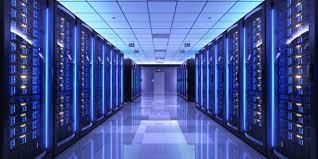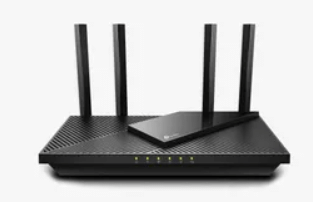Year 6 Exam > Year 6 Notes > Year 6 Computing > The internet
The internet | Year 6 Computing PDF Download
| Table of contents |

|
| The internet |

|
| Internet hardware |

|
| Sending data packets |

|
| How is the information reordered? |

|
| Undelivered packets |

|
The internet
- The internet is a continually expanding network of interconnected devices that spans across the globe.
- These devices communicate with each other through cables that extend between towns, cities, countries, and continents.
- The internet enables rapid transmission of information from one part of the world to another, often in less than a second.

Internet hardware
To access websites, play games, stream videos, and communicate online, specific internet hardware is essential:
- Servers: Imagine servers as post offices that receive and send out mail. When you enter a website address, a DNS server acts as a postal service, converting the URL into an IP address, much like translating a street address into GPS coordinates.

- Web Servers: Think of web servers as chefs in a restaurant. When you place an order (send a request), they prepare your dish (webpage) by assembling various ingredients (data packets) and serving it to you efficiently.

- Routers: Routers determine the quickest route for data packets to reach the correct destination computer using IP addresses.

- Computer: Your computer reorders data packets to reconstruct the information you requested.

Question for The internetTry yourself: What hardware device acts as a post office in the internet network?View Solution
Sending data packets
- When all the data packets arrive at your computer, they may have taken different routes.
- Routers determine the quickest paths before sending data.
- As a result, some data packets might travel various ways to reach your computer, possibly journeying underground, through oceans, or in the air.

How is the information reordered?
- Data packets are assigned numbers before being sent.
- The computer uses these numbers to reassemble the information in the correct order.
- Then, the web browser displays the webpage to you.
Undelivered packets
- If you visit a friend's house after school, your parent or guardian might ask your friend's parent or guardian to confirm that you've arrived safely.
- Web servers do something similar with data packets.
- Each data packet sends a message back to the web server to confirm it has arrived. If the web server does not receive a confirmation message from a packet, it will resend that packet.
- Both of these actions are part of the internet protocol known as TCP/IP.
The document The internet | Year 6 Computing is a part of the Year 6 Course Year 6 Computing.
All you need of Year 6 at this link: Year 6
|
19 videos|26 docs|3 tests
|
FAQs on The internet - Year 6 Computing
| 1. How does data travel across the internet? |  |
Ans. Data travels across the internet in the form of packets, which are small chunks of data that are sent from one device to another through a series of routers and switches.
| 2. What is the role of routers and switches in data transmission on the internet? |  |
Ans. Routers and switches play a crucial role in directing data packets to their intended destination by determining the best path for the packets to take through the network.
| 3. Why is data broken down into packets before being sent over the internet? |  |
Ans. Data is broken down into packets to ensure efficient and reliable transmission over the internet, as it allows large amounts of data to be transmitted in a more manageable and organized way.
| 4. How do routers and switches know where to send data packets on the internet? |  |
Ans. Routers and switches use IP addresses and routing tables to determine the best path for data packets to take based on the destination address, ensuring that the packets reach their intended recipient.
| 5. What are some common protocols used for data transmission across the internet? |  |
Ans. Some common protocols used for data transmission on the internet include TCP (Transmission Control Protocol) and IP (Internet Protocol), which help ensure reliable and efficient communication between devices.
Related Searches



















